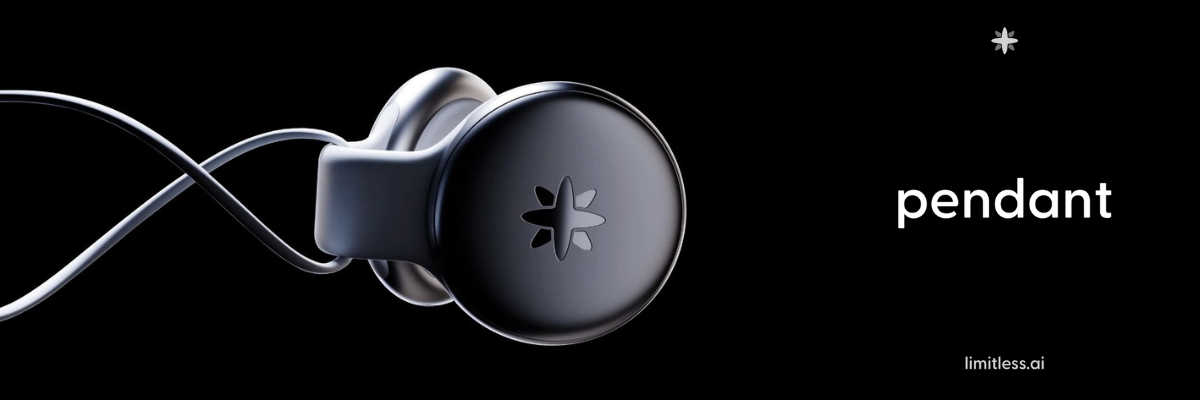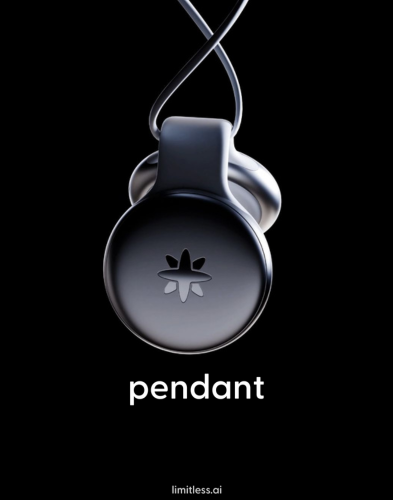Microsoft-backed hollow-core fiber boffins show speed boost • The Register

A team of networking boffins has published fresh research on hollow fiber cables that it claims could offer the lowest ever recorded optical loss for a fiber – meaning the signal would weaken less as it travels, leading to faster speeds and lower latencies.
Those lower latencies, crucially, could cut the time needed to move data between cloud datacenters, and well as speeding up mobile networks.
A few years ago, Microsoft bought Lumenisity, a spinoff from the University of Southampton that had already trialed its hollow-core fiber (HCF) cables with UK incumbent telco BT. The team, which is still attached to the university but now also enjoys Microsoft’s hefty resources, said on Monday that it had finally come up with a design that could significantly beat conventional optical fibers on both loss and bandwidth.
So you need to amplify less …. It can lead to greener networks if this is how you want to exploit it
Francesco Poletti, who came up with the concept more than a decade ago, co-founded Lumenisity, and co-authored the team’s new Nature Photonics paper, told The Register that the design would allow for faster networks that benefit everything from AI model training to remote surgery and self-driving cars.
In the paper, the researchers call their HCF design “one of the most noteworthy improvements in waveguided optical technology for the past 40 years” and “a potential revolution in optical communications.”
“These are big claims but we truly believe this is a breakthrough,” Poletti told The Register in an interview.
The idea of hollow-core fiber is decades old, and was attractive to researchers because while light runs through glass fiber at about 200 million meters per second, it travels through air at about 300 million meters per second (the index of refraction for glass is roughly 1.5. However, earlier iterations of HCF were impractical because the signal lost too much power. Today’s typical, solid-core optical fibers have a minimum loss of 0.14 decibels per kilometer, and first-generation HCF couldn’t get below 1 dB km−1, which would create the need for more optical amplifiers to boost the signal in the network.
What Microsoft’s team just announced is a refinement of the more recent “double nested antiresonant nodeless hollow core fiber” (DNANF) approach, in which extremely thin glass membranes around the hollow core help guide the light. The new design is the first to demonstrate a loss of below 0.1 dB km−1. (They managed 0.091 dB km−1 in their best result, though Poletti noted that the average loss was slightly higher.)
“So you need to amplify less,” Poletti says. “It can lead to greener networks if this is how you want to exploit it.”
The team is promising transmission speeds 45 percent faster than what’s possible with solid-core fiber. With further refinement, they say the design could support five to ten times wider bandwidth, too.
This sets the design apart from a similar advance announced earlier this year by a team of Chinese researchers. Their approach involves a slightly different configuration with thicker membranes that might make for cheaper production, but at the expense of bandwidth. “It could have a big impact, though maybe not as big as the fiber we report in this paper,” Poletti says.
Microsoft currently has “a huge internal demand for the fiber,” he says, adding that the mothership would gobble up everything that the unit can produce for the next couple of years. “We will scale up as fast as possible,” he said.
Poletti said datacenter operators may be able to purchase and install the technology in around five years’ time, once it has gone through international standardization and more players have entered the market. ®












